Both Poa annua and Poa trivialis are undesirable types of bluegrass that can detract from a healthy lawn. While both of these unwanted grasses share similarities, they’re also different, and that can impact how you treat them if they show up in your lawn. Weed grass can be notoriously difficult to identify and eradicate. Here, we’ll explore Poa annua and Poa trivialis so you can properly identify them and get rid of them from your lawn.
Similarities Between Poa Annua and Poa Trivialis
Poa annua (annual bluegrass) and Poa trivialis (rough bluegrass) are both types of bluegrass, but undesirable bluegrass. Unlike Kentucky bluegrass, a highly desirable grass for lawns and golf courses, Poa annua and Poa triv are unwanted grass weeds that can mar the uniform appearance of a lawn and spread aggressively. Although a thick and healthy lawn is a great defense against these weeds, it’s not uncommon for them to sprout up out of seemingly nowhere. Without weed control measures, these weeds can spread quickly.
Other similarities between these cool-season grasses are their boat-shaped leaves, light green color, and lack of auricles. Both plants also tend to disappear from lawns, leaving bare patches during the hot summer heat.
Differences Between Poa Annual and Poa Trivialis
The main difference between Poa annua and Poa triv is that Poa annua is an annual bluegrass plant, while Poa trivialis is a perennial grass. As an annual bluegrass, Poa annua spreads by seed. Its weed seeds can remain dormant in the soil for years. Poa triv, on the other hand, spreads by its creeping stolons–above-ground stems. Another difference between the two weeds is that Poa annua thrives in full sun while Poa trivialis can become aggressive in shaded lawns.
What Is Poa Annua?
Poa annua, annual bluegrass, is one of the most widely distributed plants on the planet, which underscores why controlling these weeds is so difficult. Poa annua is a cool season grass that looks similar to Kentucky bluegrass, which is why it can be difficult to identify. However, it features a lighter green color than Kentucky bluegrass and is an annual plant. That means it will die, but each plant can leave behind thousands of weed seeds.
Typically, annual bluegrass plants die in the intense summer heat, but their seeds ensure a new crop of weeds. Poa annua seedlings will emerge in the fall and then flower in the spring. Most people rely on pre- and post-emergent herbicides to control annual bluegrass effectively.

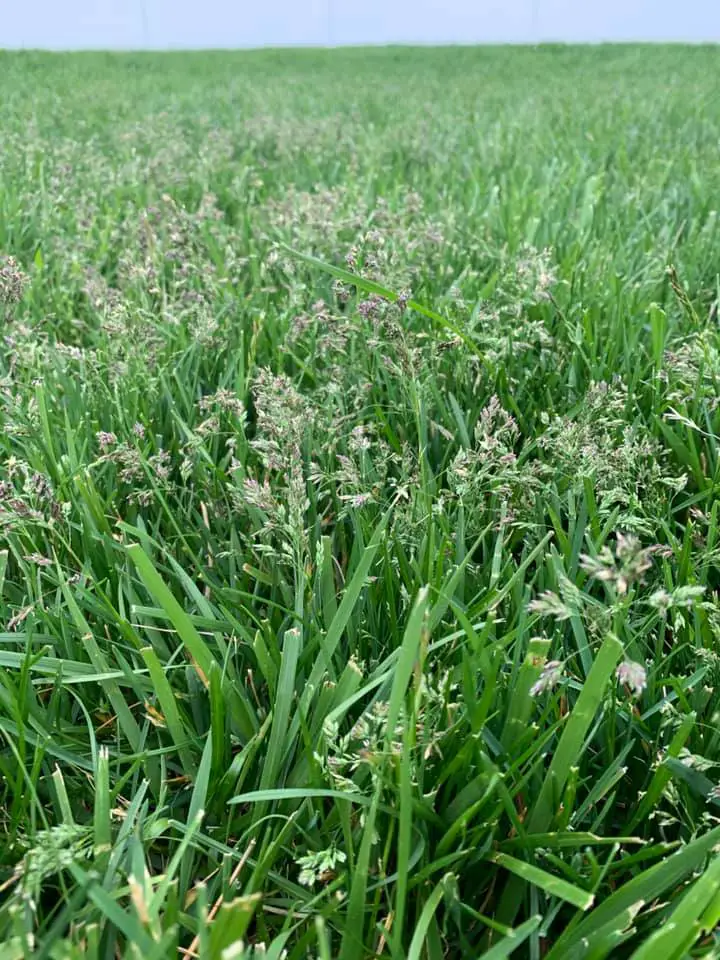
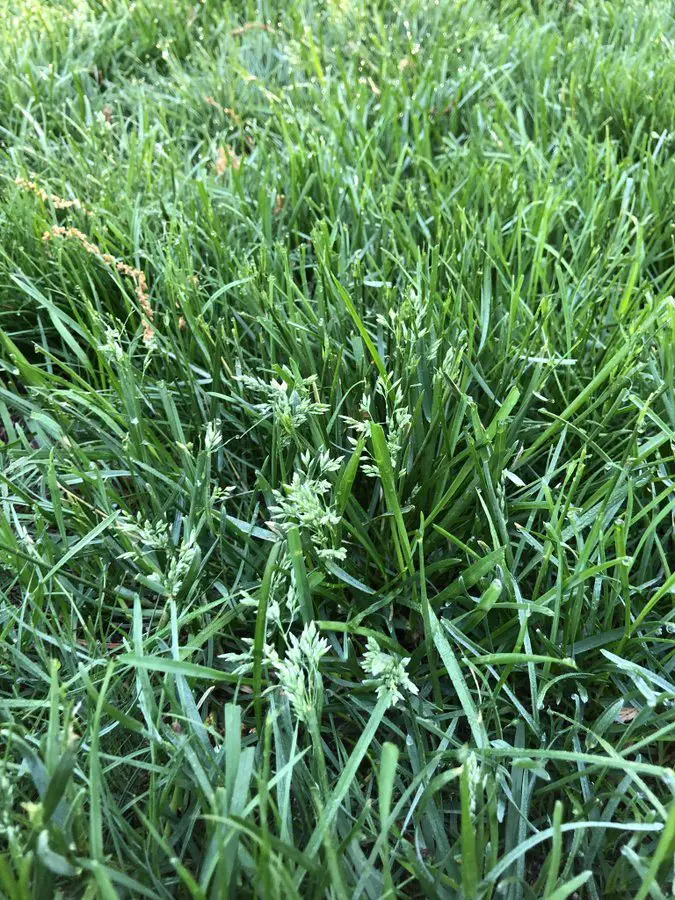
What Is Poa Trivialis?
Poa trivialis is a perennial plant, so it doesn’t die yearly like annual bluegrass. Poa trivialis, known more commonly as rough bluegrass, goes dormant during the winter. Rough bluegrass spreads via its stolons rather than by seed, unlike annual bluegrass. It forms dense mats of grass stems that can choke out the growth of your desirable grass, like perennial ryegrass or tall fescue. Also light green in color, Poa trivialis tends to thrive in shaded areas of lawns.
It can be difficult to kill Poa trivialis because gardeners mainly have to rely on non-selective herbicides, but these chemicals can also kill grass and other nearby plants. Unfortunately, the best way to kill Poa trivialis is using a non-selective herbicide, as selective pre-emergent and post-emergent herbicides are mainly ineffective in controlling rough bluegrass.
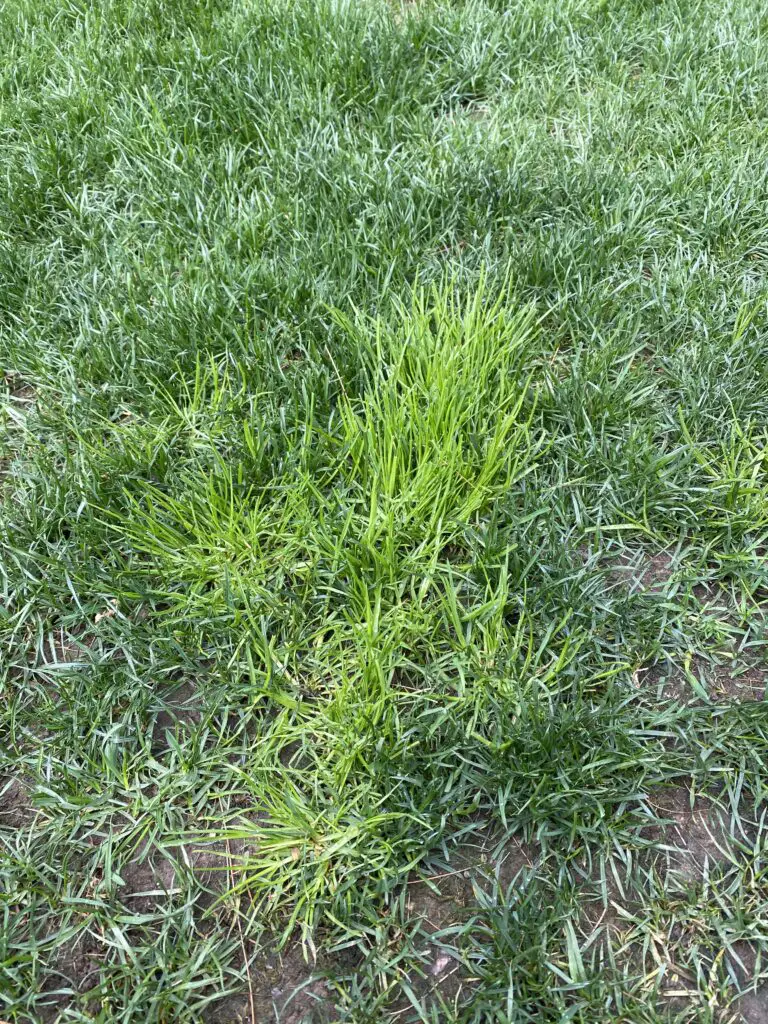
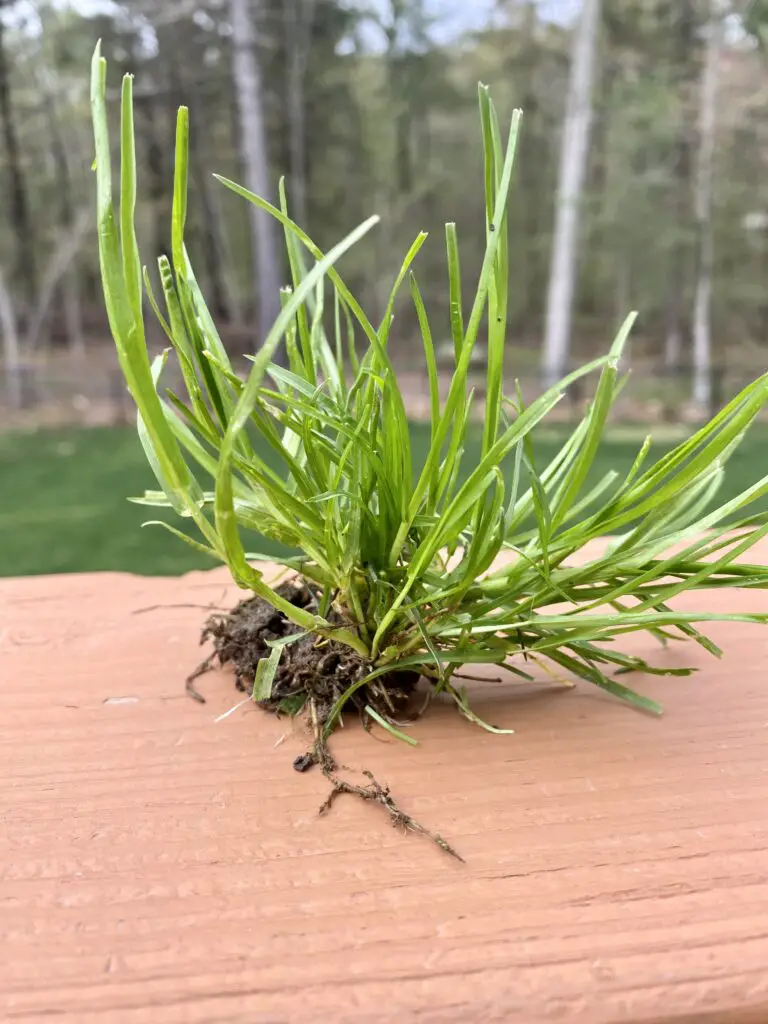
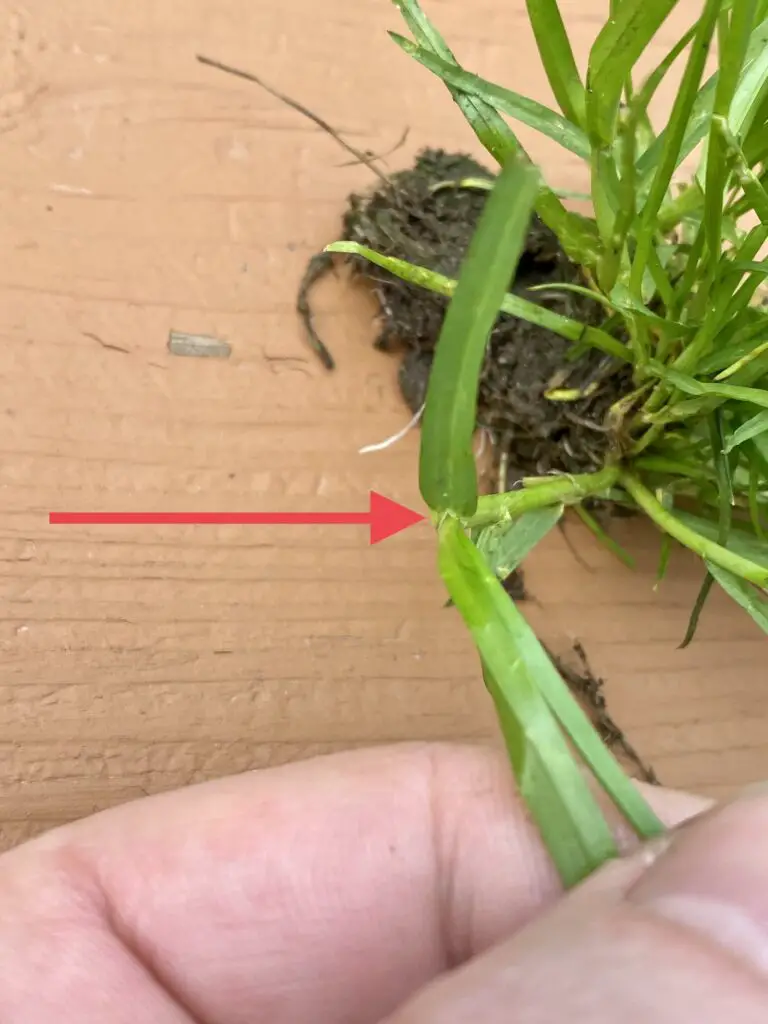
Poa Annua and Poa Trivialis FAQs
How can I identify Poa trivialis?
Poa trivialis, rough bluegrass, is light green and spreads via its above-ground stolons. The leaves of rough bluegrass may have a reddish hue. Though difficult to identify early in the growing season, Poa trivialis usually begins to stand out by late summer when it begins to look brown. Its brown appearance may mimic a fungal infection but with proper Poa trivialis identification, you may want to treat infested areas and employ cultural practices like proper watering and mowing to control Poa trivialis.
Does Tenacity work on Poa Trivialis?
Many people have found that while Tenacity can weaken Poa trivialis, it isn’t effective to control rough bluegrass.
What causes Poa trivialis?
Poa trivialis is a common weed that can even sprout up in a healthy lawn. However, these weeds are less likely to infest a thick and healthy lawn. Bare spots in shaded areas and overwatering (or moist soil) can be invitations for Poa trivialis.
Does Poa trivialis go to seed?
Poa trivialis can go to seed but it spreads more aggressively via its stolons. Annual bluegrass, on the other hand, does spread primarily by seed.
